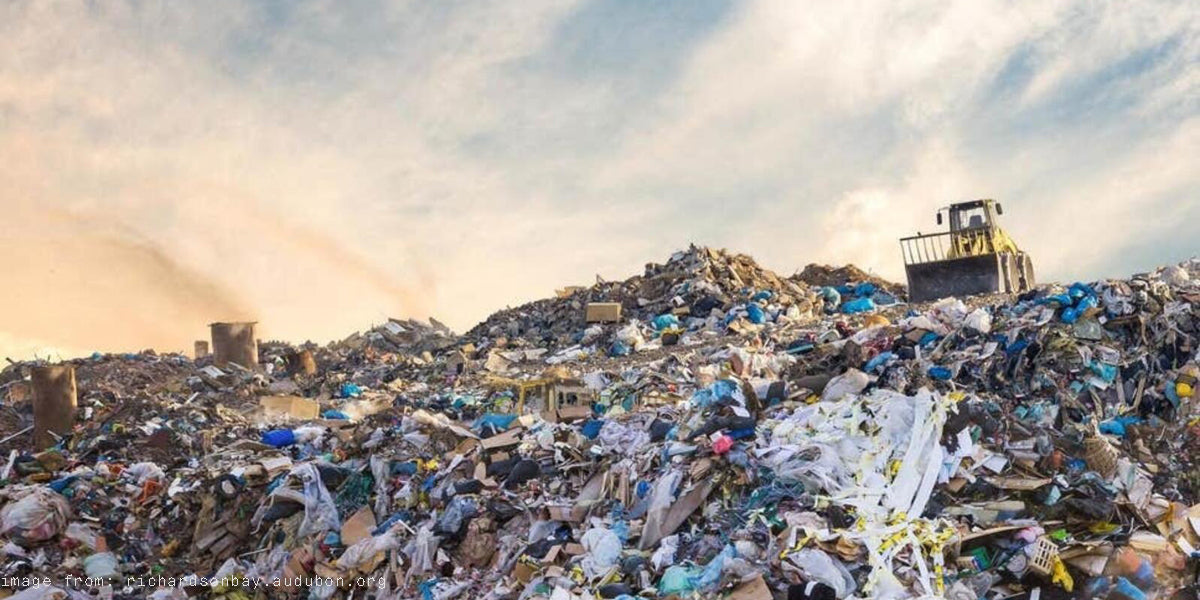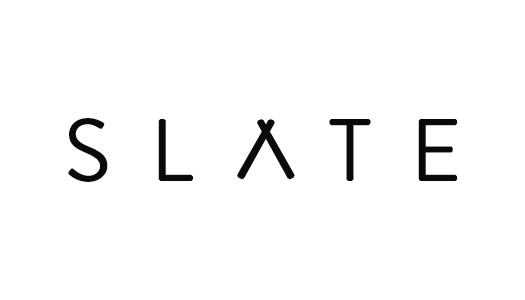A Slow Fashion Future

Over the past few months, I’ve been surprised in many conversations that the term fast fashion isn’t commonly recognized. As I consider Slate a slow fashion brand, I wanted to explain exactly what that means and to bring light on the benefits of supporting slow fashion companies.
When I started Slate, I knew that I wanted to be super intentional with every decision to ensure that no one was negatively impacted by my brand choices. I wanted everyone in the process to be treated and paid fairly and I didn’t want to create and grow something that was going to come between us and the environment. Because of these reasons, my brand naturally progressed into a slow fashion brand.
Let’s quickly touch on fast fashion before looking at the benefits of slow fashion.
The fast fashion industry praises an aggressive model that undeniably prioritizes profit and consumerism over the wellness of our people and our planet. It relies on cheap production, exploitation of workers and the environment, and extremely quick turnaround times to produce high volumes of cheap, trendy clothing. The fashion calendar is commonly divided into 4 seasons, but many fast fashion brands, such as Zara, H&M, and SHEIN (to name a few), are operating on 52 micro-seasons a year and producing up to 5,000 styles a week. As you can imagine, the consumption issue is massive.
With over-consumption comes excessive waste ending up in our landfills causing major pollution to our planet. Toxic dyes that are often used to treat fabrics end up in rivers that communities live off, marine life live in and that bleed into our oceans, eventually affecting us worldwide. Not only is the fast fashion industry fuelling an environmental crisis, but it is also violating basic human rights of its workers. Because of the demand that we create, these brands are able to put through very large orders which results in factories producing each garment at a minuscule price, barely compensating their workers. With low pay and unsafe working conditions, these workers are living below the poverty line.

As consumers, the best thing we can do is vote with our dollar. Stop supporting these brands with malicious supply chains and greedy wallets and instead, look toward the brands who are working to change the industry. That’s us!
Slow fashion is essentially the opposite of fast fashion. Our supply chains are simplified and carefully selected, our garments are sewn with care and quality by workers who are earning a living wage, and our collections are thoughtfully curated. Slow fashion actually was created in a response to the slow food movement. With the rise of fast fashion, Kate Fletcher (author of Fashion and Sustainability: Design for Change), saw a need for a slower pace in the fashion industry. She defines slow fashion as quality-based rather than time-based.
Slow fashion brands create pieces that will last. This means avoiding trends, selecting high-quality, natural materials, encouraging the customer to be intentional with their purchases, and often manufacturing locally. Slow fashion brands will typically make smaller runs, zero-waste designs, incorporate the pre-order or made-to-order model, and have sustainability at the core of every decision. Slow fashion encourages us to take a step back and decide if we really need something and if we do, look to invest in higher quality, consciously made pieces. It supports repairing, upcylcing, passing along, and responsibly disposing of garments that we no longer want in our closets. At the end of the day, slow fashion respects the people and the planet.
As a customer, this means rethinking what fashion means to you. An example that is commonly used is buying a well-made t-shirt from a slow fashion brand vs a cheap t-shirt from a fast fashion brand. The cheap t-shirt may initially save your wallet some cash but when it’s falling apart after 2 wears and you’re constantly back at the store to replace it, it slowly adds up. And so does your waste. Aside from your savings, that cheap t-shirt is supporting a brand that is barely paying its workers. In order to make a profit for the brand and the factory at such a low cost, the garment workers are barely compensated for their work. Supporting these brands directly supports garment workers’ poverty. If you’re against this, you’ll stop supporting the fast fashion movement as a whole.
Aside from ‘voting with your dollar’, consumers can also become more curious. Start asking fast fashion brands for supply chain transparency and how they are regulating their actions in other countries. Without these questions and the pressure to change, they won’t. These companies are catering to us consumers and if we stop supporting them because of their actions, they will have to change.
On the bright side, an increasing amount of searches around fast fashion are beginning to revolve around sustainability, ethics, and the environment. We are seeing a shift toward supporting slow fashion brands and we need to push harder so that it becomes the new norm.
If you want to learn more, simply start by searching fast fashion on Google - there is so much information. I also highly recommend The True Cost, a documentary about fast fashion and garment workers.
Other Instagram accounts to follow: @fash_rev, @cleanclothescampaign, @remakeourworld, @fashionforgood

Comments on this post (5)
This is a great post, I really liked reading it. If you are into online shopping, do check out this website, Apparel Shop USA.
— johnsmith
Thank you for sharing your insights into the world of Cast-Fashion! I had no idea that brands could launch up to 52 micro seasons a year- what a waste! I appreciate the work you are doing, and am excited to see what comes next for Slate!
— Emma
So beautifully written, thank you for bringing into this light and super grateful to be able to gain some new insight and perspective through it. I respect your brands integrity immensely am always rooting for you guys!! GO SLATE!! 💗
— Jennifer Lee
Great insights Slate! Think and ask these questions before just purchasing based on prices, we as consumers have the choice. Your brand is amazing and excited to see what’s to come!!
— Lauren Eng
This is so well researched & makes me want to pay more attention to the clothing I buy. I often find myself leaning towards cheaper, more affordable clothing but I know that in the long run my money is better spent on quality, though pricier, items that will last longer and have a better impact on the earth & the people in it!
— Lottie